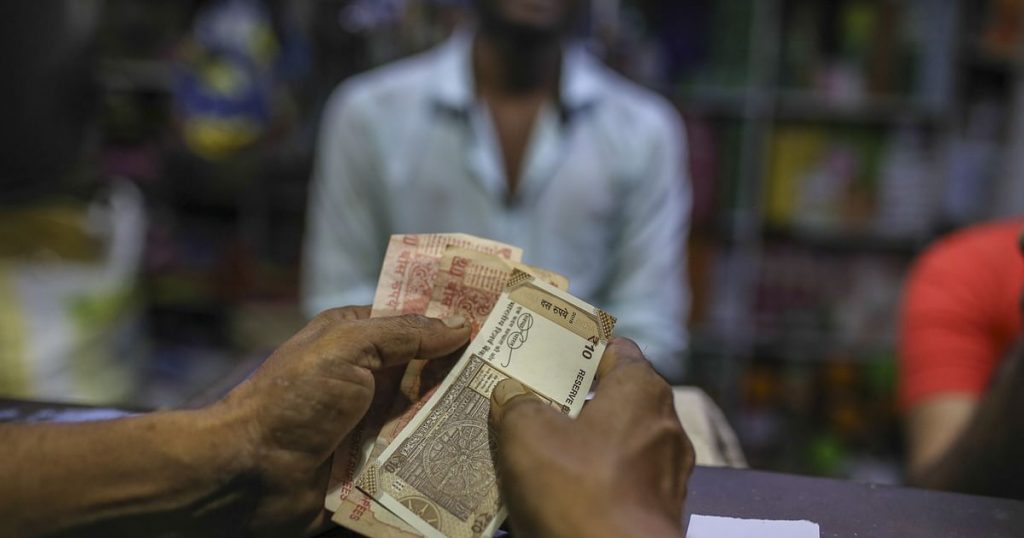According to the procedure laid down under the amended bill, a bank under moratorium is required to create a full list of depositors with the outstanding deposits in their accounts within 45 days of the lender being placed under restriction.
Once the list is shared with the DICGC, it has 30 days to verify the data and ascertain whether the depositor would like to immediately receive the insured funds, through an online portal or any other method it deems fit.
After the confirmation process is completed, it has 15 days to make the payments directly to the depositor or transferred to any bank account of their choice.
If the RBI were to introduce any scheme of amalgamation or reconstruction for the stressed bank within the 90 day repayment period, the repayment period gets extended by another 90 days, according to the amendment.
Moreover, if the RBI were to remove its restrictions and the insured bank is capable to paying depositors their full dues, before the repayment period runs out, the DICGC will be free of any payment liabilities.
In 2020, two private sector lenders, Yes Bank Ltd. and Lakshmi Vilas Bank Ltd., were put under moratorium by the banking regulator. However, they were both rescued within weeks. The resolution plan for PMC Bank, in contrast, has lingered.
The amount paid by the DICGC to the depositor shall be reduced from the liability of the bank to the depositor, the amendment says. However, the insured bank then becomes liable to pay that amount to the corporation. These repayments will be made either during liquidation or rescue, on priority, within a stipulated period of time as decided by the corporation.
The amendment allows DICGC to further charge penal interest of 2% over the prevailing repo rate, if the bank is unable to pay the corporation within the stipulated time.






